Scientists Discover ‘Truly Bizarre’ Ancient Giant Galaxies That Shouldn’t Exist
The universe is full of mystery and wonder. Our understanding of the cosmos through modern science has unearthed secrets untold over thousands of years of human history, bnut sometimes, our new discoveries in space can leave us perplexed, scrambling to make sense of our newfound knowledge and how it fits into our existing views of the universe.
Though this newfound information may be unfathomable to begin processing, it opens up new opportunities for further discovery and learning about all we're surrounded by.
To find out what the universe has to say about you, take a quick zodiac reading here right now.
For more personalized information check out this personalized report based on date of birth. Understand your purpose and your potential so that you can take control of your emotions, your life, and your future by clicking HERE.
In The Distance
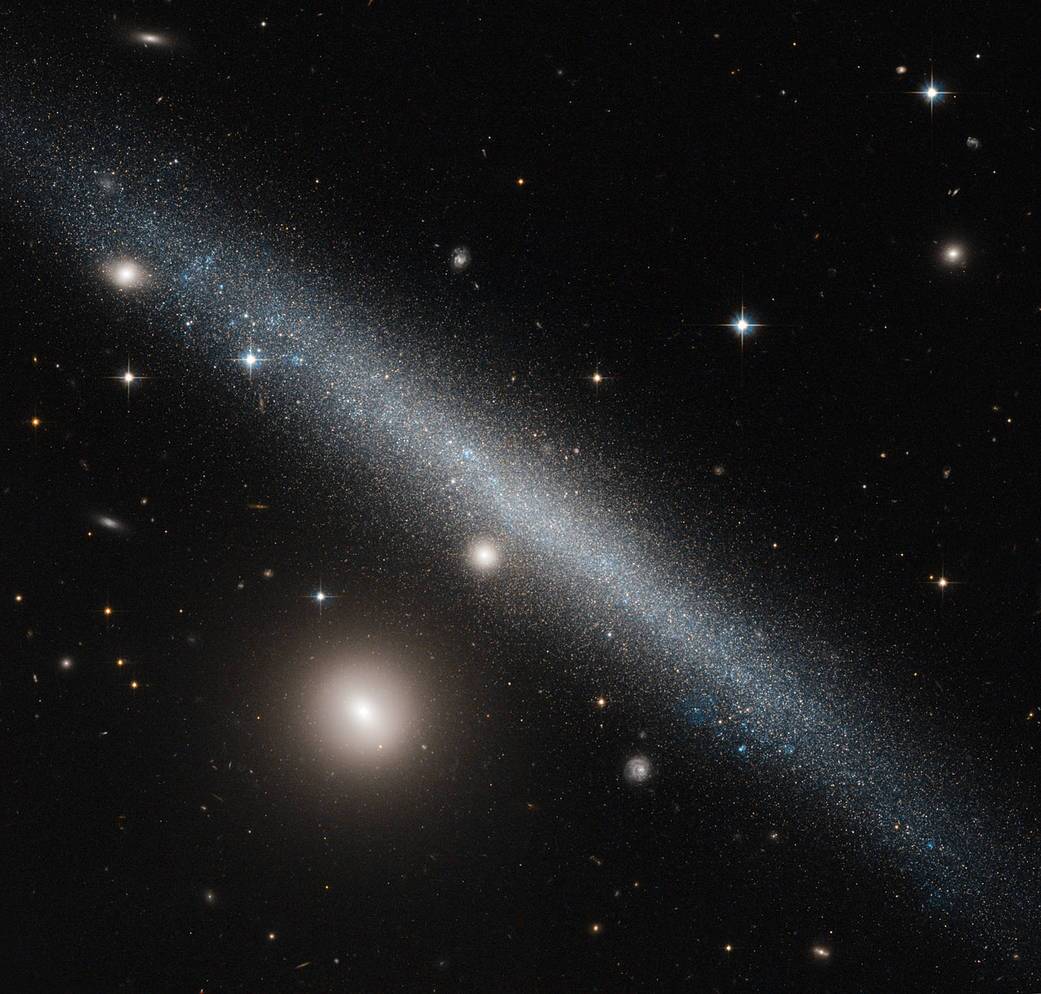
Our understanding of the universe at large is rather limited. Yes, we've discovered a lot, and brilliant minds have unearthed a number of amazing things about how the far reaches of space operate, beyond the realm of human touch or even human observation.
And yet, we continue to learn more. Sometimes, the things our dedicated space researchers find shake the core of our understanding of what lies beyond us, showing us something we would have once thought impossible had we not seen it ourselves.
Starting Points
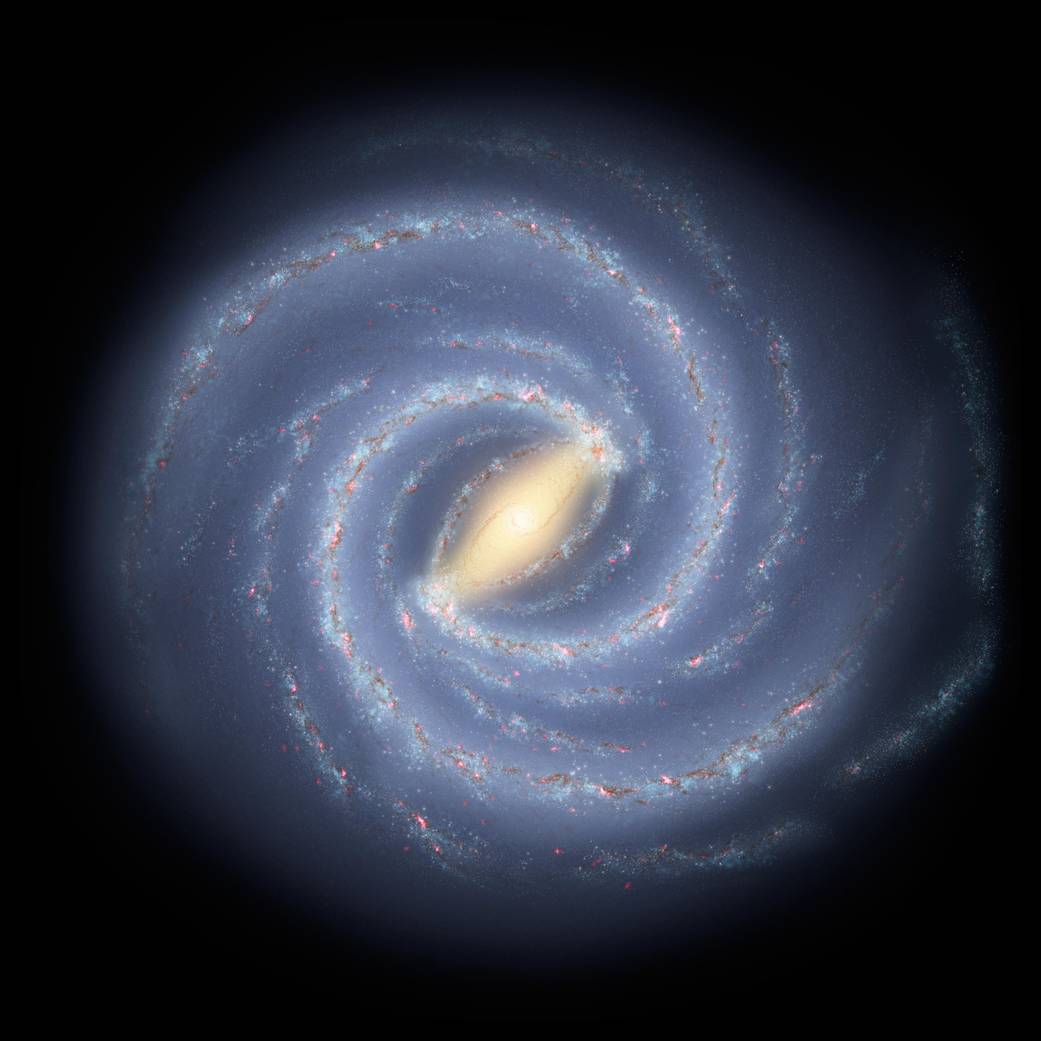
This very occurrence took place earlier this year, with scientists having discovered six distant galaxies that are so incomprehensibly large that they can't figure out how they exist at all.
To provide some scope before we go into what's so strange about these galaxies, let's talk about our own, the Milky Way.
The Milky Way is a pretty hefty galaxy, roughly 100 billion times the size of our sun, and it took about 800 million years to form after the Big Bang.
Against All Knowledge
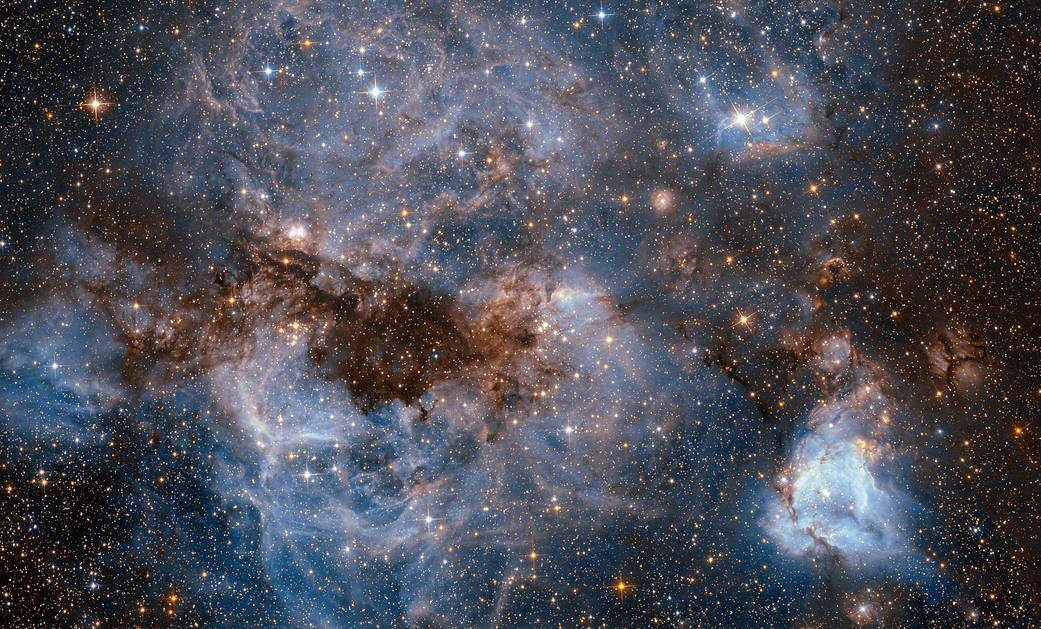
These new galaxies are comparable in mass to the Milky Way but appear to have formed in a much shorter time frame, closer to 500 million years after the Big Bang.
What's really baffling researchers is how they became that big that fast. Not only that, but stars within those galaxies were also found to be too old for where they are, leaving many confused.
These two facts alone conflict with existing, established beliefs about how the universe appeared and evolved in its earliest years, meaning space researchers will have to reflect on everything they had already learned about the universe.
A Complete Shock
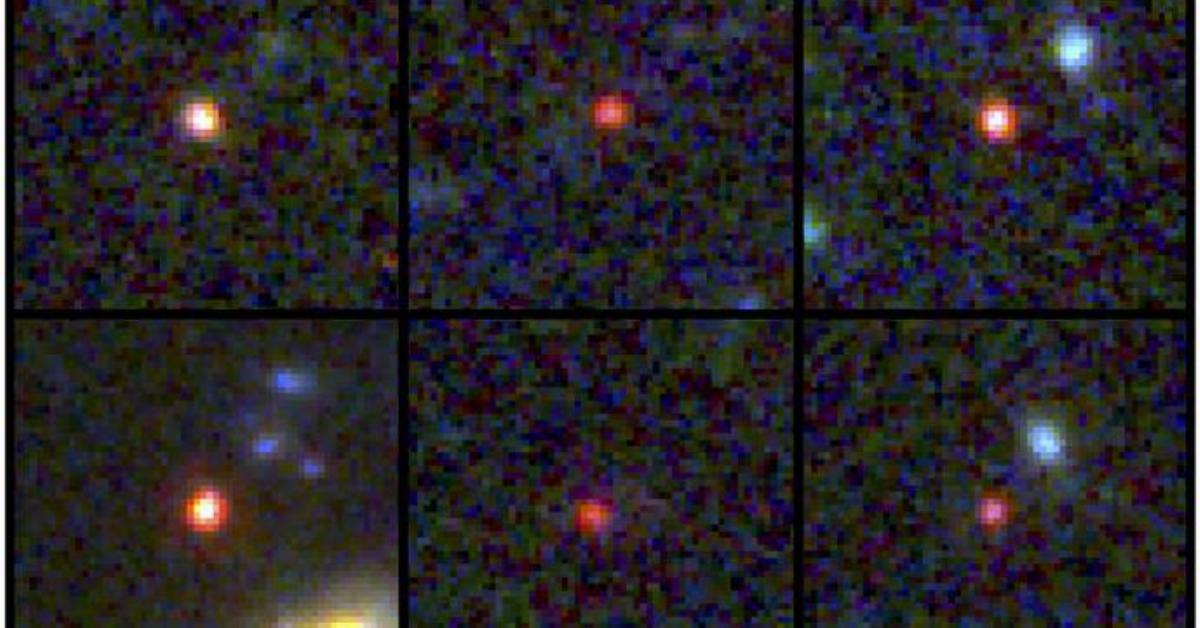
These galaxies and their stars, observed on the James Webb Space Telescope, also don't match earlier observations made by Webb's predecessor, the Hubble Space Telescope.
In a study about this discovery, the leading team in charge of documenting this information suggests that they'll have to consider their main working framework for understanding the universe as 'incomplete' due to these new observations.
In fact, Ivo Labbé, astronomer at Swinburne University of Technology in Australia and leader of the team who conducted this research, said that these galaxies were a huge surprise for everyone involved.
Beyond What They Hoped
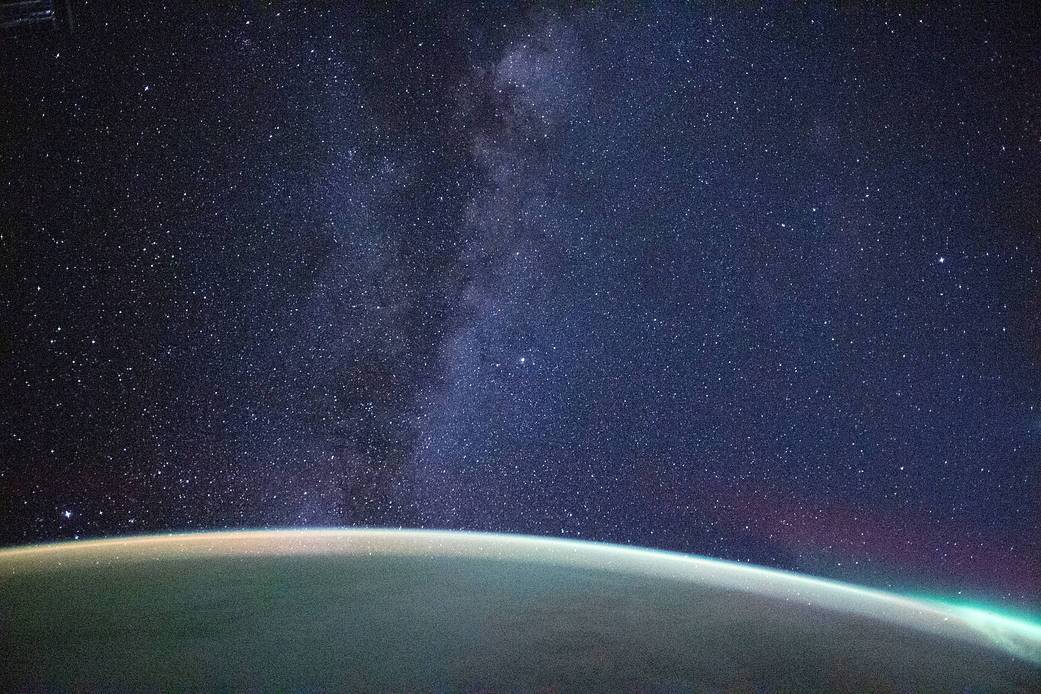
"I think I spat out my coffee," Labbé said in an email interview with Motherboard. “Most of my colleagues were online all across the globe, glued to the screen, poring over the first images. I think I may have heard a jaw drop here and there.”
"These objects are really extraordinary. One seems to have formed 100 billion solar masses in stars, similar to our present-day Milky Way, in only 5 percent of the time. This was most certainly not expected. We had expected to find 0."
Continuous Surprises
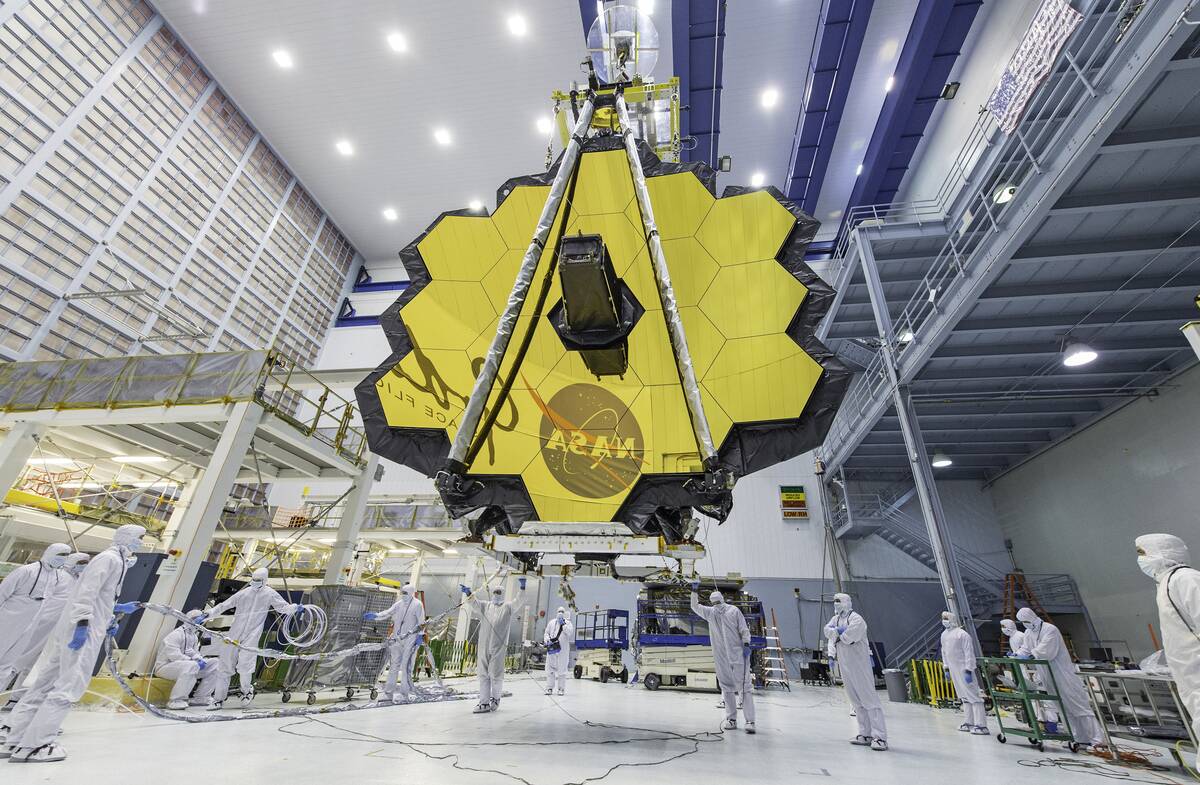
"In addition, the shapes of these galaxies are really weird. Even though one has the same amount of mass as the Milky Way, it is 30 times smaller. Imagine the Milky Way as an average 160 pound 5'9" adult: these galaxies are 1-year olds, that weigh just as much and stand just under 3" inches tall. It's truly bizarre."
As mentioned, these galaxies were only able to be seen due to the improved tech of the James Webb Space Telescope (JWST) over the Hubble Space Telescope. The James Webb Telescope has greatly improved what scientists are able to see as the jump in quality was astronomical, pun intended.
Seeing Clearer
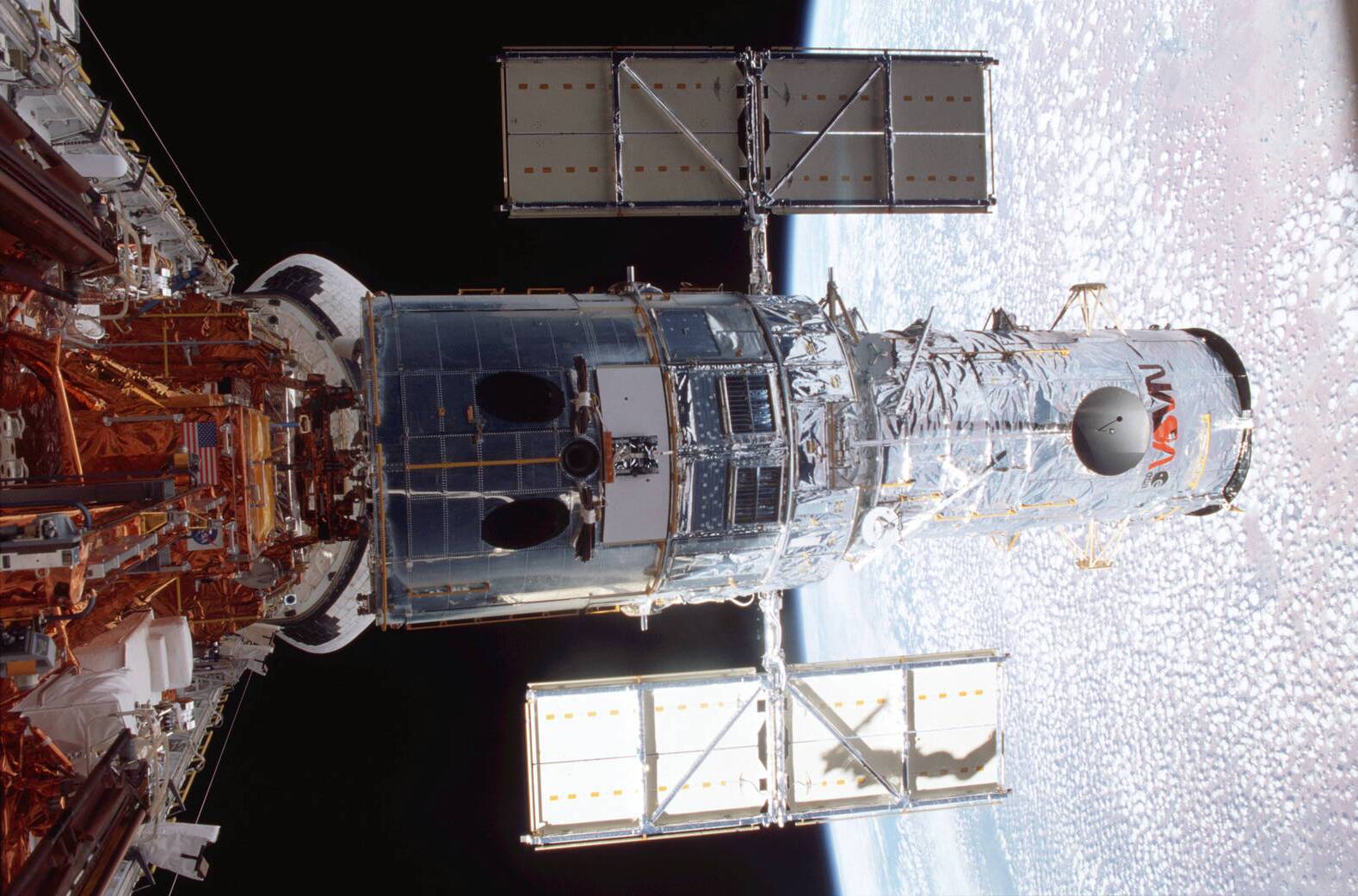
"Many of us knew that the Hubble Space Telescope was not providing us with the whole story," Labbé said. “It can't. Ultraviolet and visible light from the first stars and galaxies that formed after the Big Bang is stretched out by the expansion of the universe as it travels towards us, so by the time the light reaches us we see it as infrared light.”
"That's why JWST was built. To see where Hubble was blind.”
Unlikely Visits
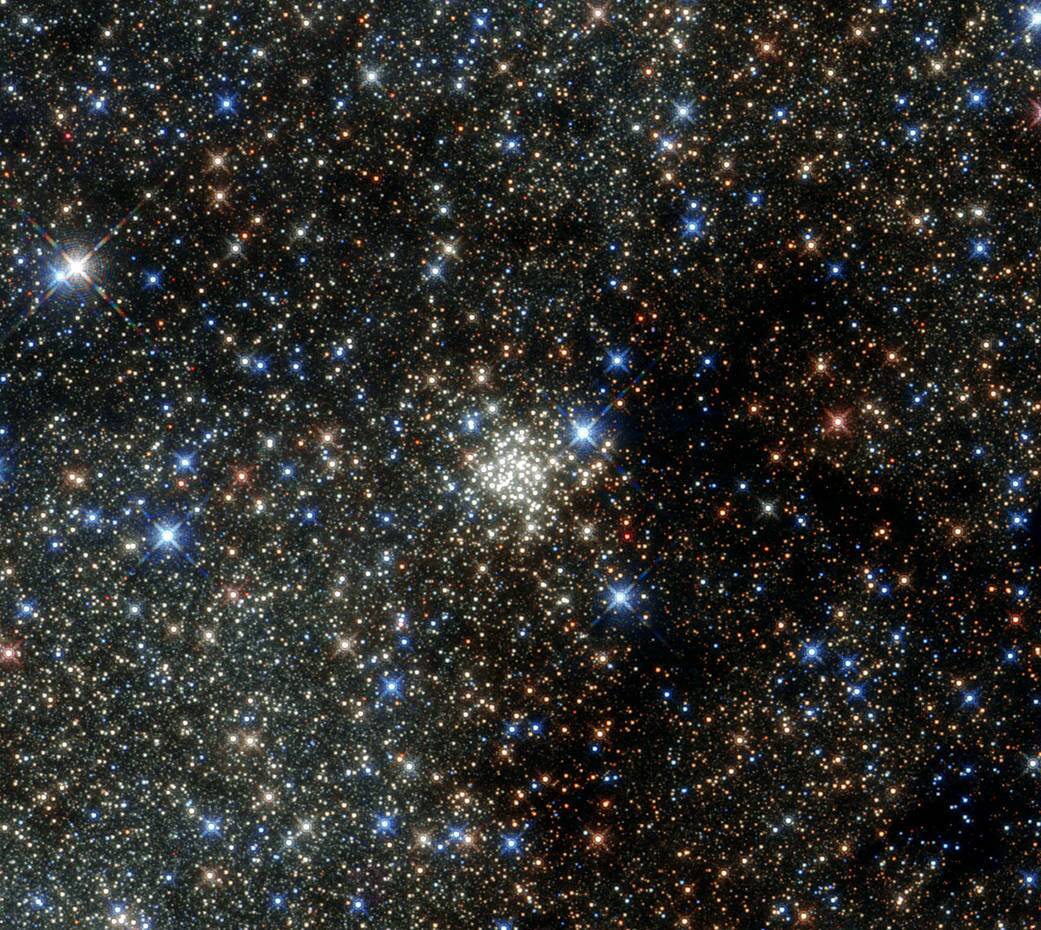
The discovery of these galaxies of course begs the question, could there be life in there? Is this the beginning of us finally finding another semblance of existence within the universe?
"Aside from the fact that we probably don't really know what shapes and forms life can take and survive, if we were inside of one of these galaxies we would be doomed," Labbé explained. "These galaxies are 30 times smaller, so at least 1000x more dense than our Milky Way. That means that nearby supernovas would have probably cooked off the atmosphere and fried us with radiation. There would be planets, and stars that live long enough to host them. But the environment would be downright hostile to life."
A True, New Frontier
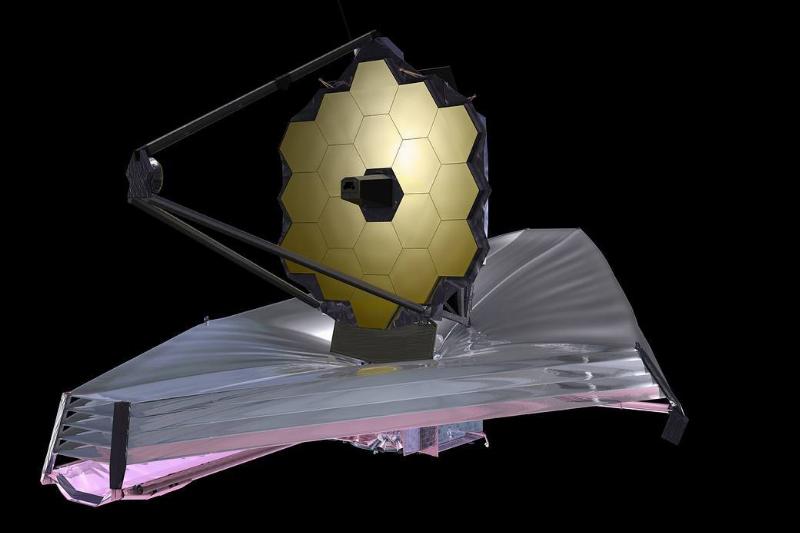
A creature able to withstand the brutal forces of the stars is probably unlike anything we could even begin to imagine. The search for life is probably better kept closer to home still.
That doesn't make this discovery any less exciting though, and there's still plenty to go digging for within those galaxies!
Labbé has his own hopes even, saying, "Personally, I'm really excited about the potential of baby quasars in the galaxies. This is completely new and impossible to do before JWST.”
All That's Possible
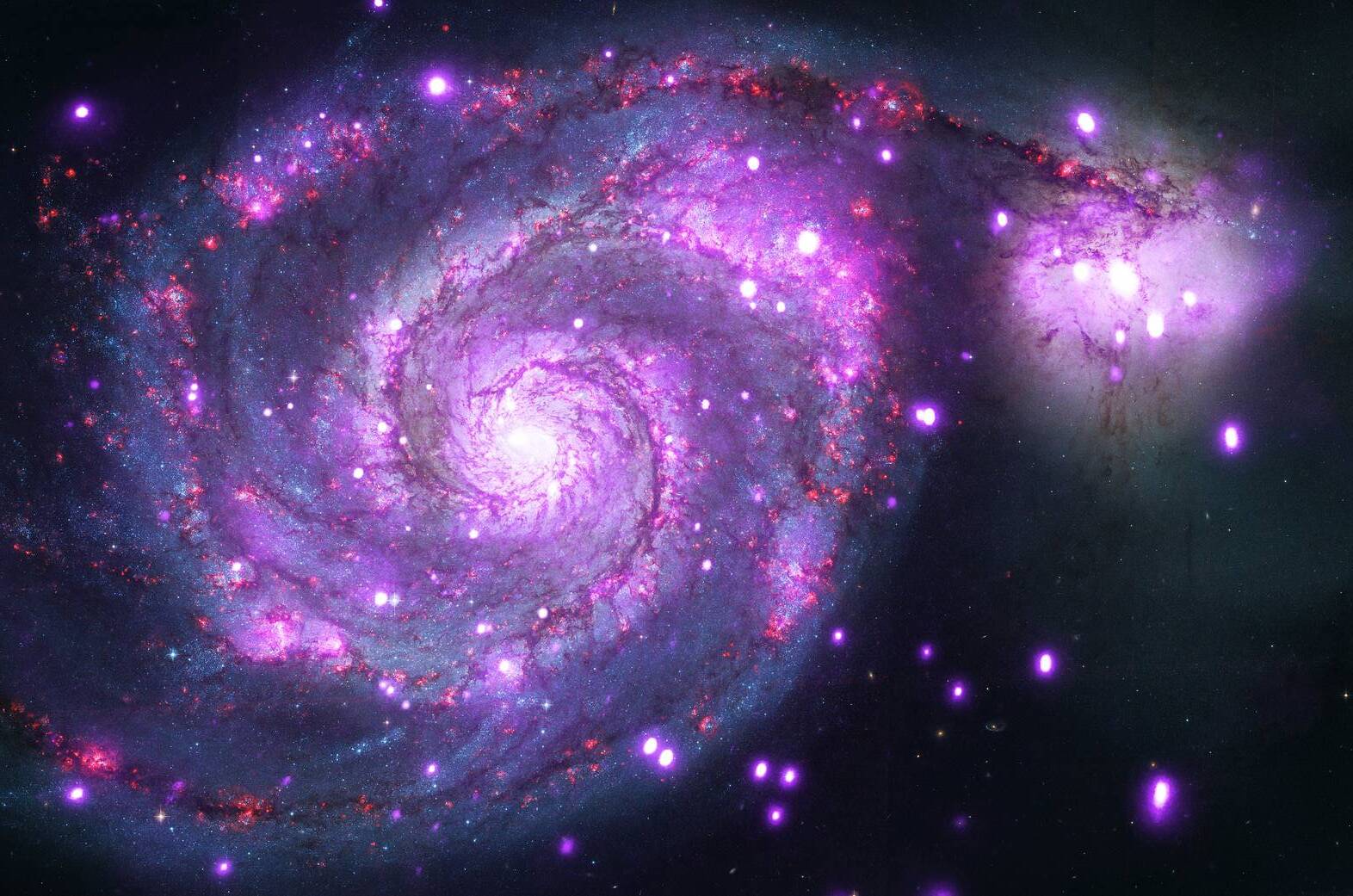
"There are so many more discoveries to make. We have barely started!" he concluded.
And he's right! Though hearing something like 'scientists reveal ancient galaxies that, by the universe as we know it, shouldn't be able to exist' is a scary thought initially. We jump to eldritch horrors, worlds beyond our comprehension, and the like, but what this really is is an opportunity to learn even more incredible things about the universe we live in.
It's already capable of beautiful, terrifying, fascinating things, why not see how far that can go? How exciting would that be?
To find out what the universe has to say about you, take a quick zodiac reading here right now.
For more personalized information check out this personalized report based on date of birth. Understand your purpose and your potential so that you can take control of your emotions, your life, and your future by clicking HERE.





